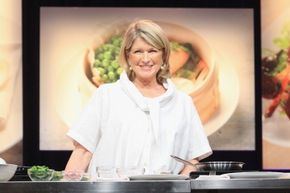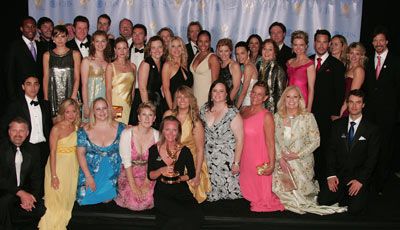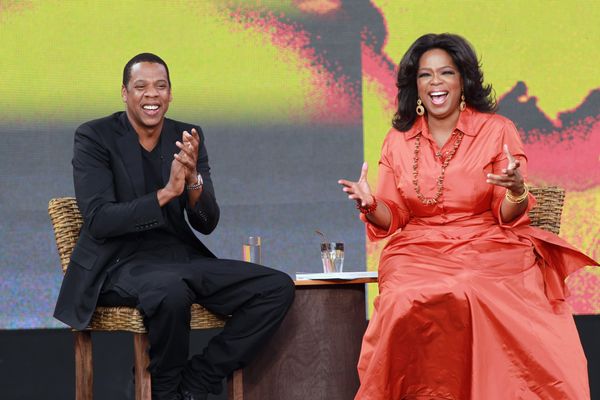A smartly dressed woman in a sunlit kitchen gushes about her love of ricotta cheese. As she blithely scoops ingredients — including the cheese — into a skillet warming on the stove, she ticks through the dishes she'll prepare today, right before your eyes: warm arugula salad with walnuts, baked ziti with butternut squash and for dessert, a simple-yet-decadent toile crisp layered with raspberry compote and whipped mascarpone.
Her 30-minute cooking show is one of your favorites and, for a moment, you consider recreating this exact meal at home. But, like most things made for TV, the delectable spread has a secret ingredient you probably don't have on hand: dozens of behind-the-scenes hands that prep and stir the proverbial pot.
Advertisement
Nearly all the cooking shows you'll see on TV begin with on-site chefs who prep food in advance. Sometimes, as many as 20 people will chop, whisk and season ingredients in a full-service kitchen before a cooking show is recorded. The Food Network Kitchen, for example, includes five separate kitchens that each have a stove, oven, sink and refrigerator. That way, chefs can prepare food for several cooking shows in advance [source: Segan].
These prep kitchens, as well as the made-for-TV kitchens on some cooking shows, require fully stocked pantries, too. For example, competition cooking shows like "Iron Chef America" typically require pantries with 250 items for each guest chef that include nine types of flour, seven vinegars and five kinds of salt, as well as 30 types of herbs and spices.
Along with having the right ingredients on hand, chefs in off-camera kitchens prepare "swap outs," which are dishes at various stages of completion that can be used during a cooking show. The next time you watch an instructional cooking show note the carefully orchestrated actions in specific segments — introduction, preparation of ingredients, stovetop cooking, seasoning, adding extra ingredients to the dish and plating. During many of these segments, you're likely to see the work of people in an off-camera kitchen.
Even with all this help, it doesn't necessarily mean the host of a cooking show has it easy. The host still needs to cook and speak to an audience, often while a producer communicates by earphone and a studio director gives silent instructions from the floor [source: Votta].
Cooking shows can be a challenge for contestants, too, although perhaps not in the same way. Take Food Network's "Chopped," for example. Contestants on this show are tasked with creating edible dishes from a basket of mystery ingredients, and it can take up to 12 hours to film a single episode. Often, the contestants aren't even cooking; they're being asked the same on-camera questions again or waiting for the judges' decisions [source: Lynn].
Whatever the format — instructional, competition or a hybrid of both — understanding the way a cooking show works has a lot do with uncovering what's going on behind the scenes. There are simply some things you can't fully understand by watching the end result.
Advertisement



